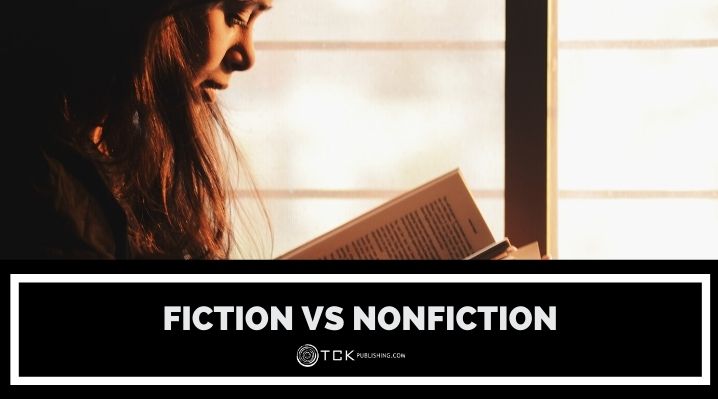
You may have been taught that the difference between fiction and nonfiction was as simple as the truth vs. made-up stories.
While writing “the truth” is perhaps the most important criteria for a work of nonfiction, some of the most talented writers know how to use elements from fictional writing to tell a true story in a riveting way. Likewise, many writers of fiction know how to draw inspiration from the real world and their own lives to make their stories relatable and compelling.
Understanding how the techniques of fiction and nonfiction can be used together will help you to better analyze the things you read, but also improve your own writing across genres.
Fiction vs. Nonfiction
Simply put, fiction comes from the author’s imagination. While it can include magic and make-believe, it’s not limited to what you’d find in a child’s wildest fantasies; a fictional story can take place in an ordinary world (even in a real town), with realistic characters and plot points that many of us have experienced ourselves.
Sometimes, fictional stories are based on real-life people, places, and events, but those things serve as inspiration for the narrative, which is fabricated by the author.
Nonfiction, on the other hand, has to be 100% factual. Works of nonfiction report on real events, people, and places.
Examples of nonfiction writing include:
- Histories
- Biographies
- Memoirs
- Self-help
- Journalism
- Essays
- Research
- Scientific studies
- Tutorials
Whereas some truths in a work of fiction can actually serve the story by making it more compelling, just one fabrication is a work of nonfiction can destroy an author’s reputation and take away the story’s credibility.
Blurring the Lines
While the main difference between fiction vs. nonfiction is pretty straightforward—nonfiction has to be 100% factual—that doesn’t mean some of the same techniques can’t be applied to both types of writing.
Many types of nonfiction, such as memoirs, biographies, and journalistic reports, utilize narrative techniques to tell a true story.
These creative elements can include imagery, dialogue, narrative arcs, and scene-setting. You might also see some thorough character development. (Even though the “characters” must be completely real people and nothing about them or their actions can be fabricated, nonfiction authors can use creative methods, such as snippets of dialogue or scenes from real events, to reveal more about those key individuals.)
In 1966, author Truman Capote released a “non-fiction novel,” In Cold Blood, that was widely considered one of the greatest works of creative nonfiction. Capote spent 6 years writing the book, conducting extensive interviews and traveling on numerous occasions to the scene of the crime, which he detailed in rich and evocative detail throughout the book.
However, claims of fabricated quotes and important details resulted in criticism and ultimately his disqualification for a Pulitzer Prize.
When analyzing nonfiction, it’s always important to remember that you’re reading from one person’s perspective: the author’s. And since there are usually (at least) two sides to every story, it’s very possible that some people who were involved in the story, or who experienced similar circumstances, may not describe the experience in the same way.
Distinguishing Fact from Fiction
Although the lines may seem to blur between what’s fiction and what’s nonfiction, telling them apart is pretty simple, if you remember one key difference.
If a story reports the truth and nothing but the truth, it can be considered nonfiction. But if a story fabricates details or even stretches the truth, it should be treated as fiction.
Which do you prefer reading: fiction or nonfiction? Share your thoughts in the comments below!
If you enjoyed this post, then you might also like:
- What Is Creative Nonfiction? Definitions, Examples, and Guidelines
- What Is Creative Writing? Types, Techniques, and Tips
- The 16 Best Memoirs to Read Right Now
- What Is Magical Realism? Definition and Examples
As a blog writer for TCK Publishing, Kaelyn loves crafting fun and helpful content for writers, readers, and creative minds alike. She has a degree in International Affairs with a minor in Italian Studies, but her true passion has always been writing. Working remotely allows her to do even more of the things she loves, like traveling, cooking, and spending time with her family.

Hi Kaelyn,
I believe you want to change this sentence “Whereas some truths in a work of fiction can actually serve the story by making it more compelling, just one fabrication is a work of nonfiction can destroy an author’s reputation and take away the story’s credibility.”
I believe the phrase “fabrication is a work of nonfiction” should be written as “fabrication in a work of nonfiction”.